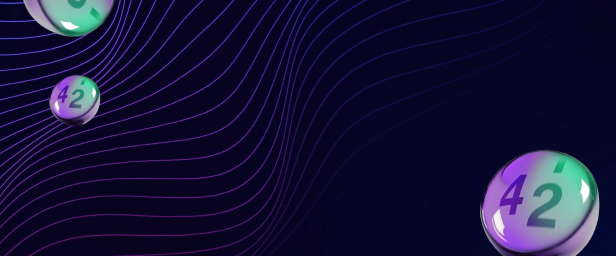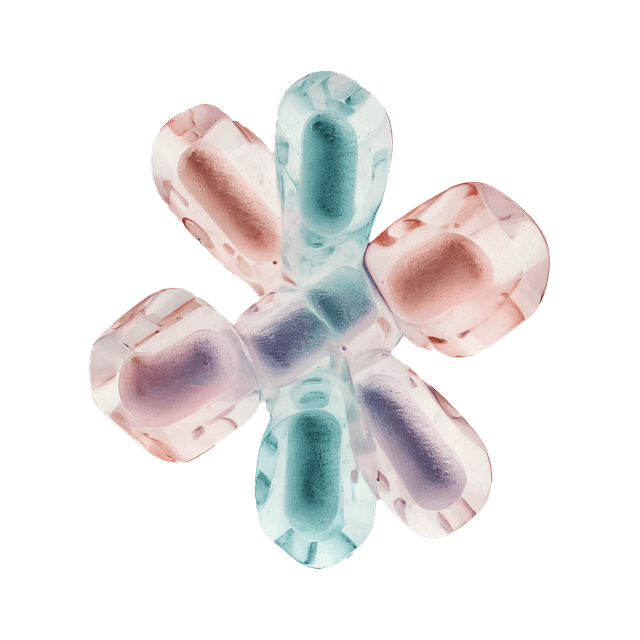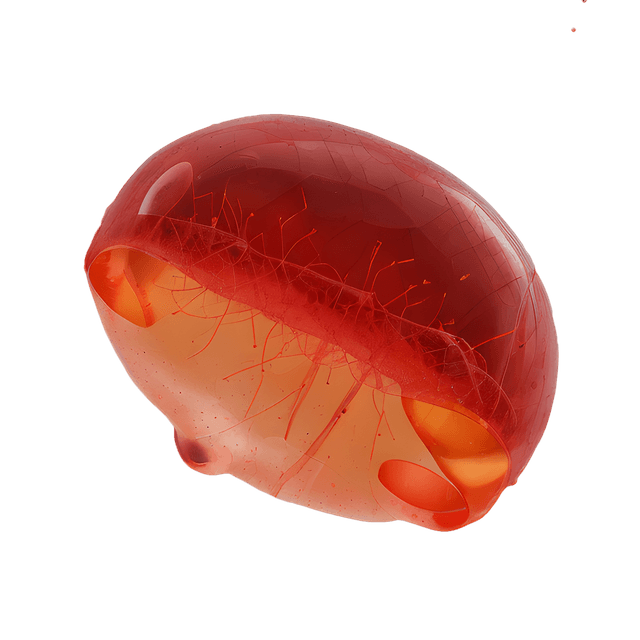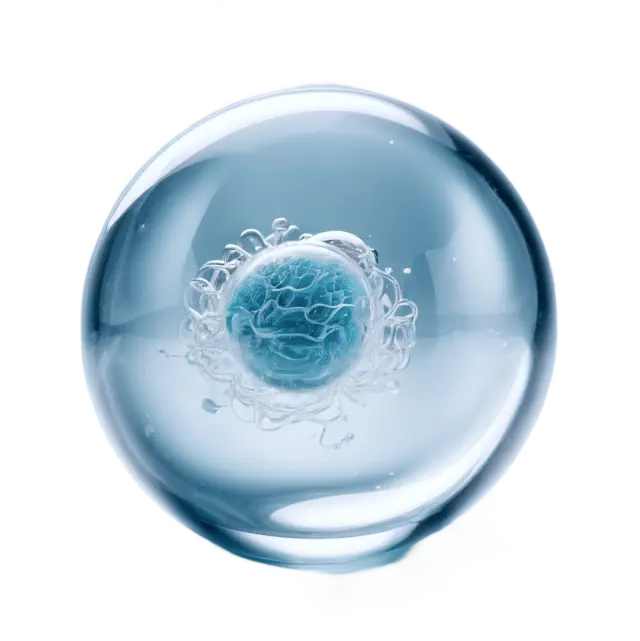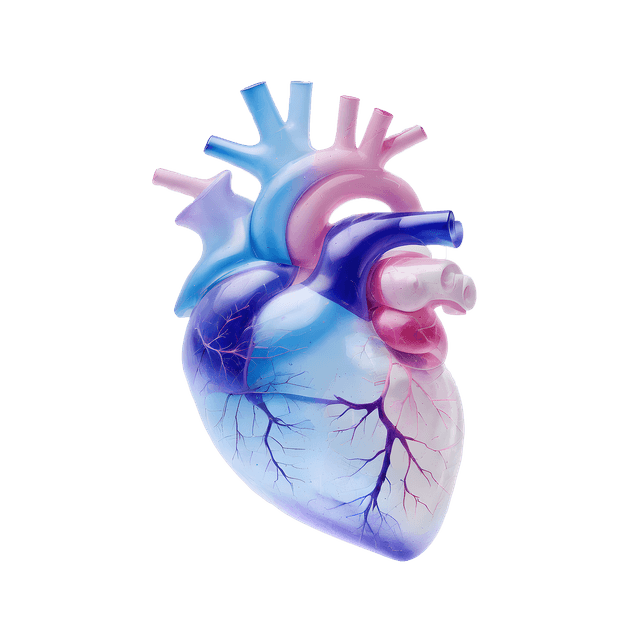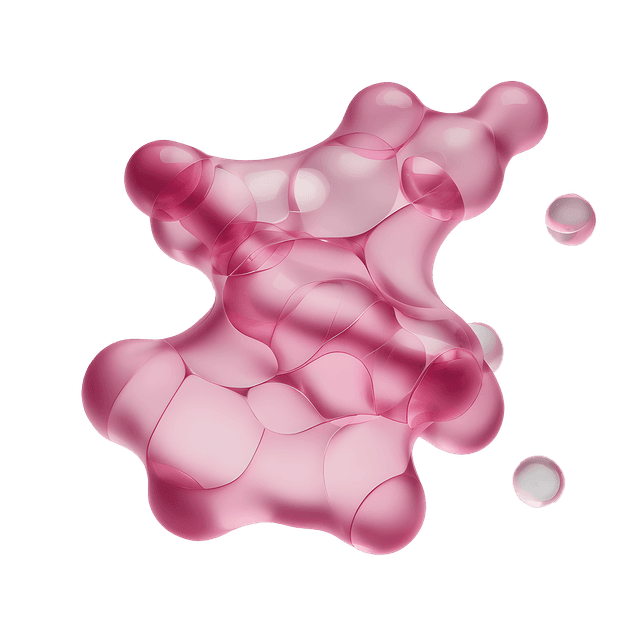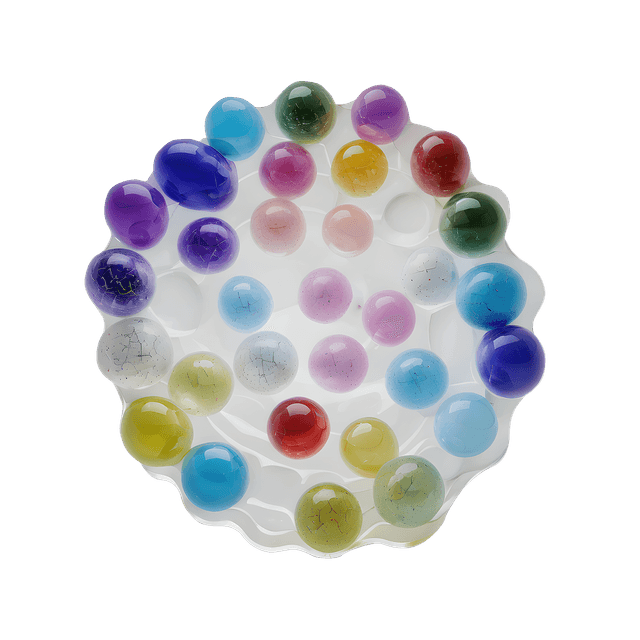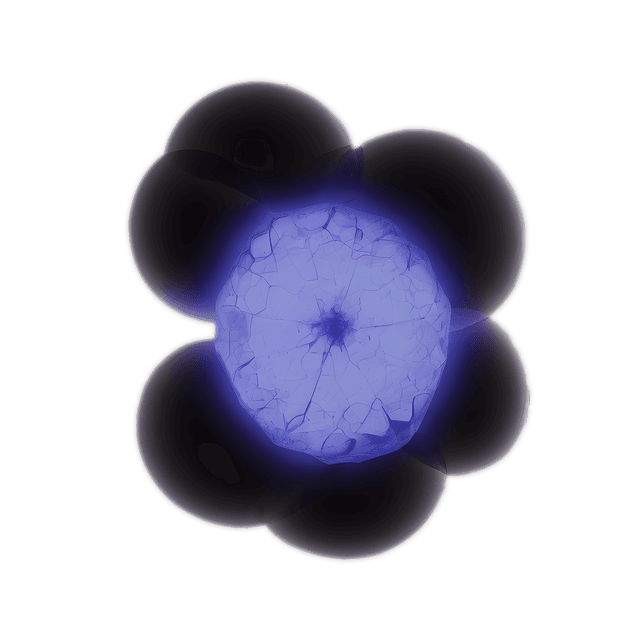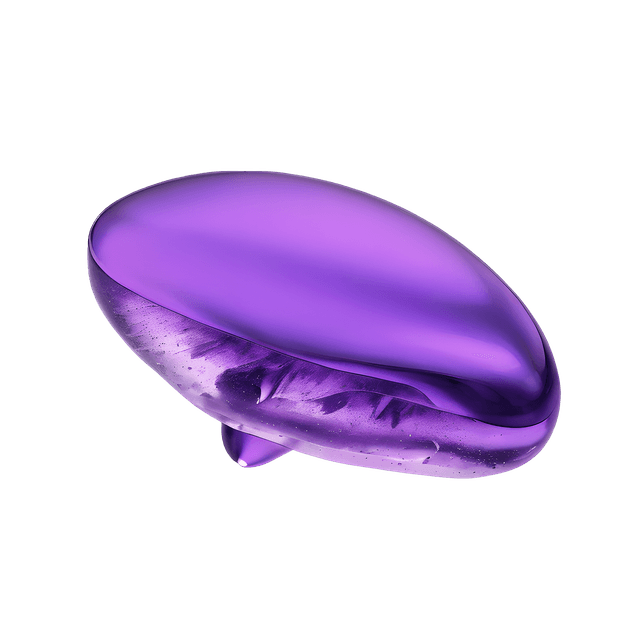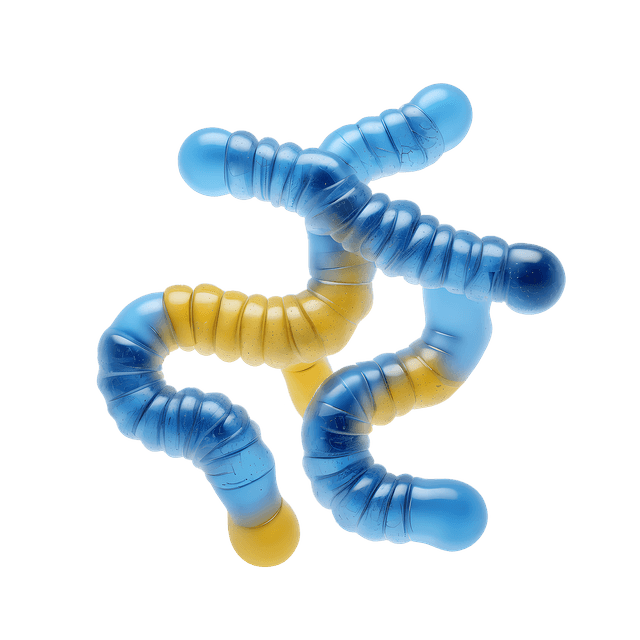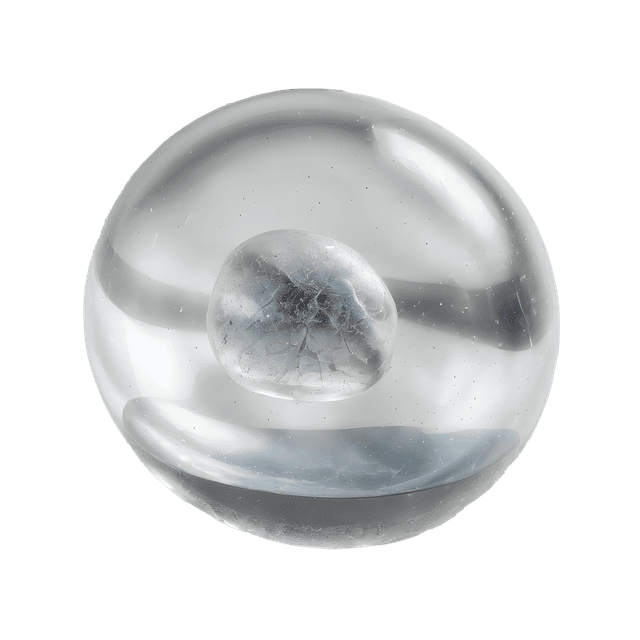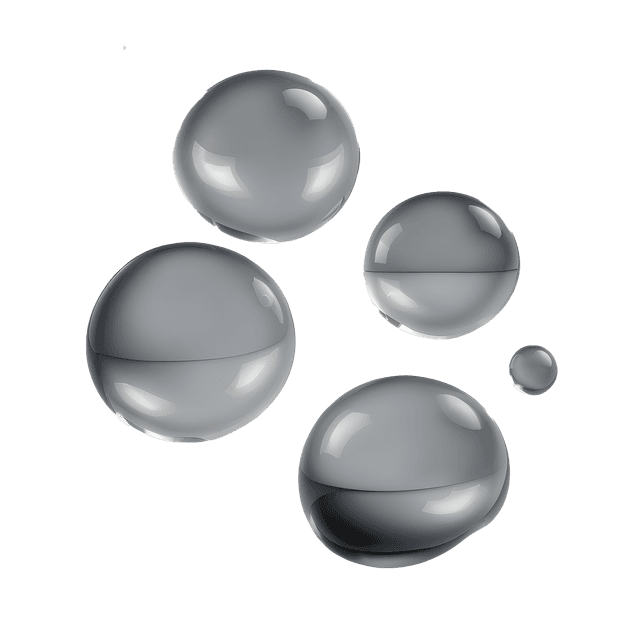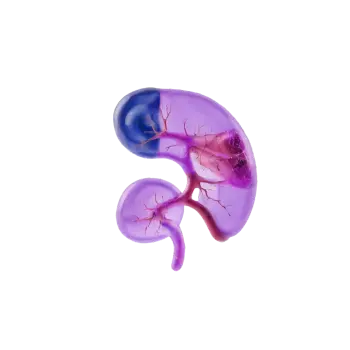Nephrosclerosis is a form of chronic kidney damage caused by long-term damage to the blood vessels in the kidneys, often as a result of high blood pressure or hardening of the arteries (atherosclerosis). It is one of the most common causes of kidney failure in older people.
Globally, nephrosclerosis is one of several causes of chronic kidney disease (CKD). According to a study from 2017, there were approximately 697.5 million cases of CKD worldwide, which corresponds to a global prevalence of 9.1%. However, it is important to note that these figures include all forms of CKD, and specific data for nephrosclerosis are very limited.
What is nephrosclerosis?
Nephrosclerosis means that the small blood vessels in the kidneys thicken and become stiff, which impairs blood flow to the kidney tissue. This gradually leads to a deterioration in the kidney's filtering ability. Over time, this can lead to chronic kidney failure. The disease develops slowly and is often linked to other vascular diseases.
Causes of Nephrosclerosis
The main causes of nephrosclerosis are:
- Chronic high blood pressure (hypertension) – increases the strain on the blood vessels of the kidneys.
- Arteriosclerosis – leads to narrowing of the blood vessels, including in the kidneys.
- Aging – the risk of nephrosclerosis increases with age, especially after the age of 60.
- Diabetes – can accelerate vascular damage in the kidneys.
- Smoking and high blood lipids – contribute to vascular damage.
Symptoms
Nephrosclerosis often causes no symptoms in the early stages. When kidney function deteriorates, the following symptoms may occur:
- Fatigue and decreased energy
- Edema (swelling) in the legs and feet
- High blood pressure
- Impaired blood values (anemia)
- High creatinine levels in the blood
Diagnosis of Nephrosclerosis
The diagnosis is usually made through a combination of clinical presentation, blood tests and imaging. Important components of the investigation are:
- Blood tests: Creatinine, eGFR cystatin, electrolytes and blood status
- Urine tests: Albuminuria or proteinuria may indicate damage
- Blood pressure measurement: Long-term high blood pressure is a common underlying cause
- Ultrasound of the kidneys: Can show reduced and thickened kidneys in advanced nephrosclerosis
Treatment of Nephrosclerosis
There is no curative treatment for nephrosclerosis, but the progression can be slowed by treating underlying causes and protecting the kidneys. Important treatment principles are:
- Optimize blood pressure: The goal is often a pressure below 130/80 mmHg. ACE inhibitors or ARBs are often used.
- Diet and lifestyle: Reduce salt intake, stop smoking, physical activity and weight control.
- Treat blood lipids: Statins for high cholesterol levels.
- Diabetes control: Important if diabetes is present.
- Regular follow-up: Monitoring of kidney function and blood pressure over time.
Prognosis
The course of nephrosclerosis varies, but many patients eventually develop impaired kidney function. Early detection and consistent treatment can, however, slow down the progression. In advanced disease, dialysis or kidney transplantation may be necessary.

